Sightseeing Spots
Search Results314
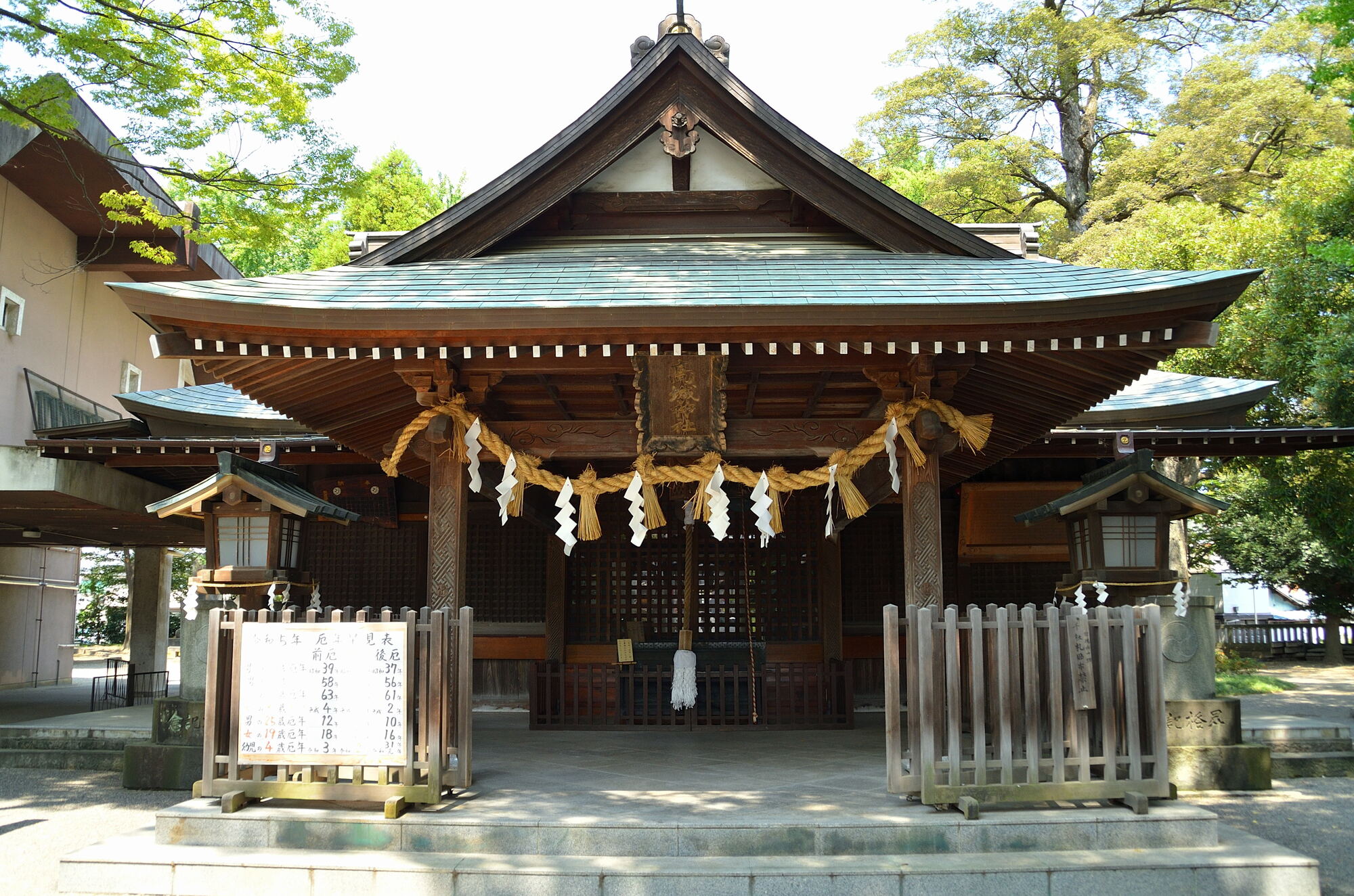
A shrine dedicated to the mythological god of agriculture, Takamimusubi. The shrine was destroyed by fire in 1590, and rebuilt by the lord of Oshi Castle, Abe Masayoshi. Annual festivals are held, such as Setsubun (seasonal division) on February 3rd, Tainai Kuguri (passing through the womb) on June 30th, and Tori no Ichi (Festival of the Rooster) on December 8th.
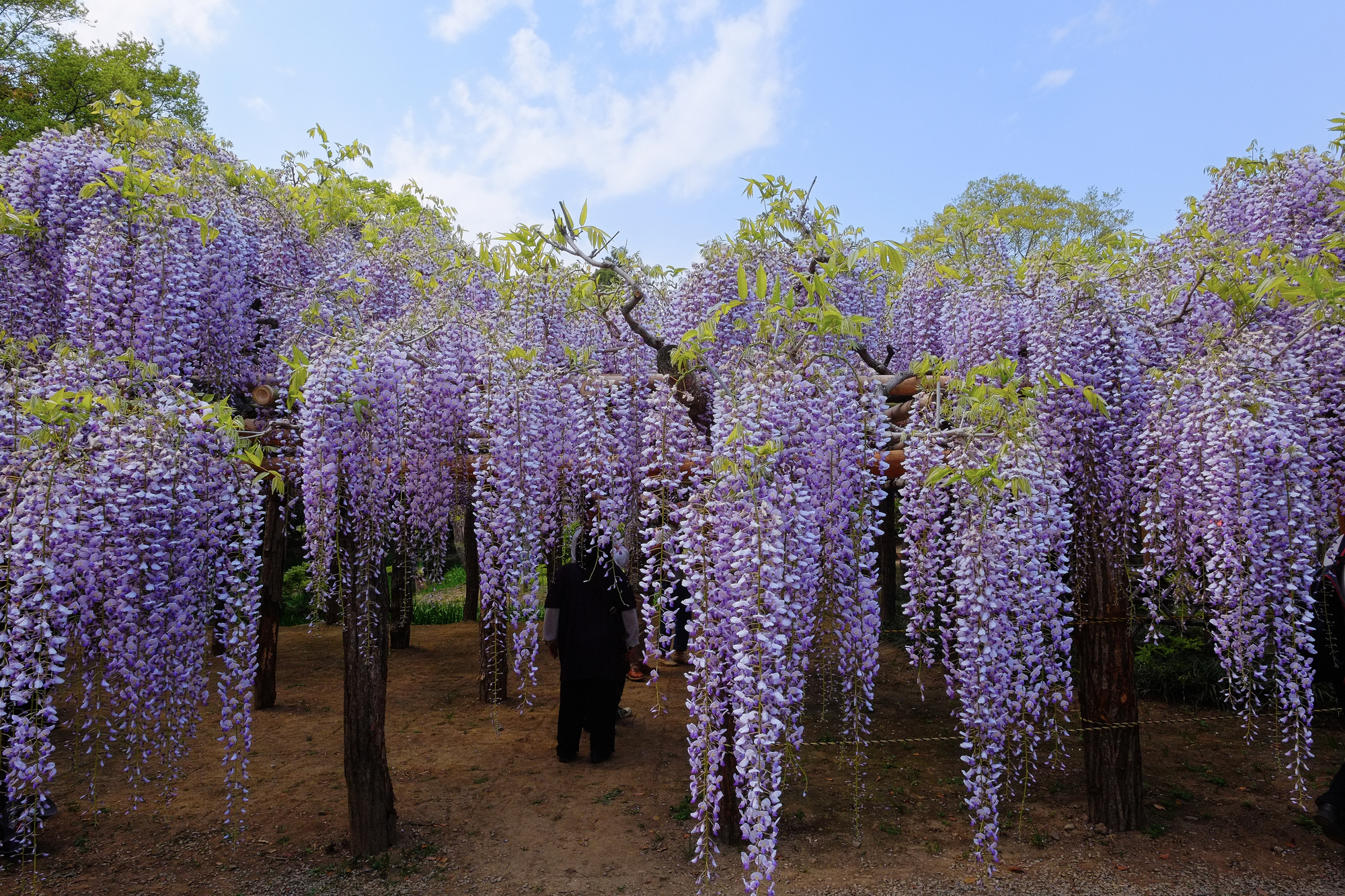
The Tokaen garden was originally located on the grounds of Renge-in, a Buddhist temple of Shingon sect. After the temple was abandoned in 1864 by its head priest, Kozo Fujioka, it was transferred to its current owner. According to legend, the wisteria here were personally planted by Kobo Daishi* nearly 1,200 years ago. *Also known as Kukai, Kobo Daishi was the monk who founded the Shingon school of Buddhism.
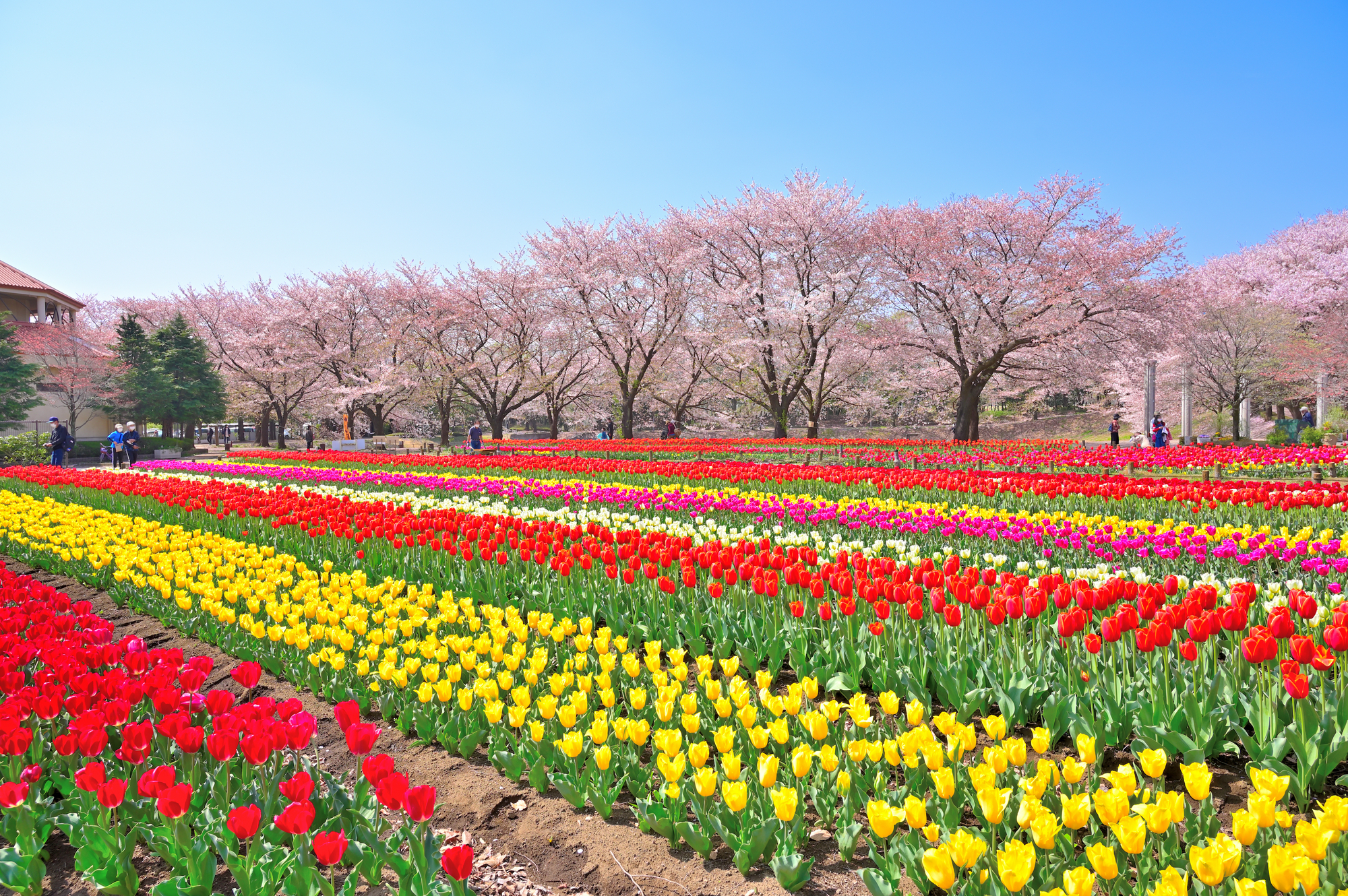
Fukaya Green Park was opened in Fukaya City in July of 1996 as a government-subsidized project of the Ministry of Agriculture aiming to promote agriculture and stabilize and strengthen management, while also contributing to citizens’ health and physical fitness. The park covers an area of 54,000sq m, around the size of Tokyo Dome. It consists of an indoor facility, Paradise Patio (known as “Patio”), and many large and small plazas, such as grass lawn plazas. Patio (area 7,769sq m) is designed after south European and Mediterranean coastal resorts, and features the largest all-weather indoor leisure pool in the north Kanto area. The park’s large flowerbeds (1,157 sq m) filled with flowers are another highlight.
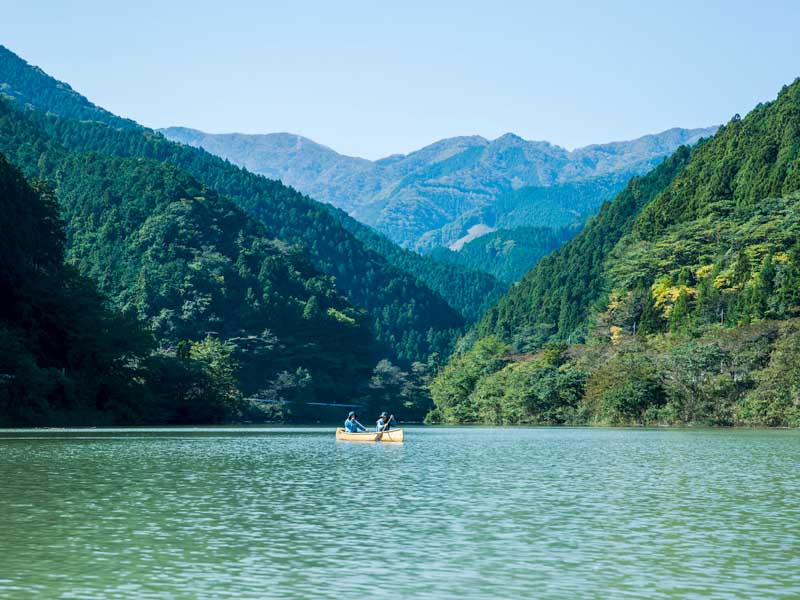
Surrounded by splendid nature, this is a factory where you can build canoes with the local Nishikawa timber. You can also rent canoes and try them out before building your own. Or just stop by if you're simply looking to have some fun in the river!
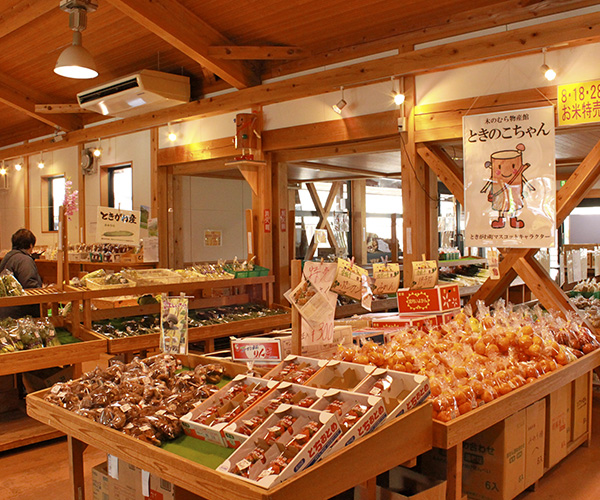
You can feel the warmth of the trees in this energetic store brimming with fresh vegetables, eggs and readymade side dishes (souzai) supplied by over 130 local farmers. Outside are stalls run by meat suppliers selling yakitori, and junmai dango (pure rice dumplings) are also available. This store is popular even with the local people. The items brought in for sale by the farmers are limited to one day only. We are committed to freshness!
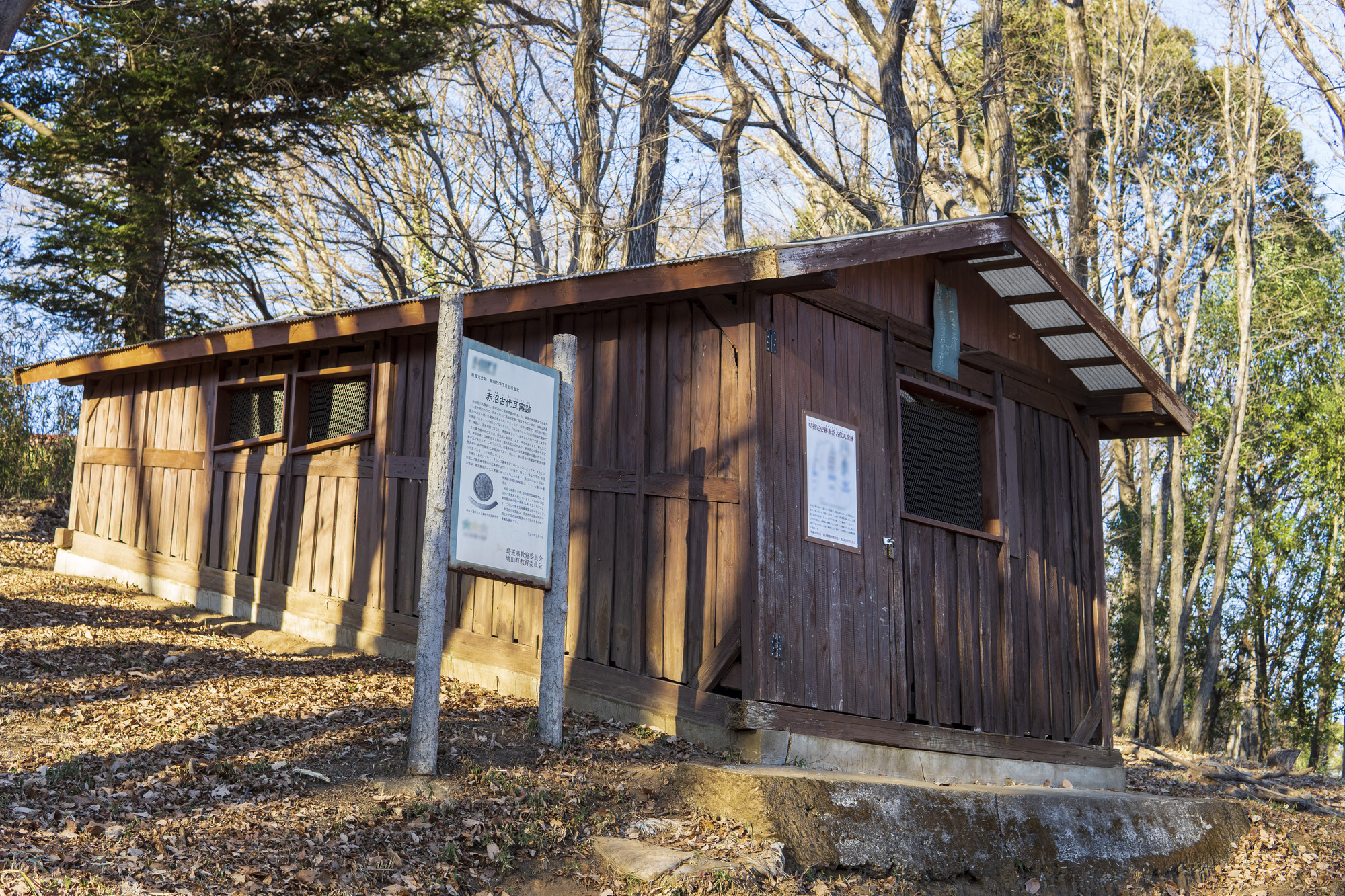
Said to be one of the oldest artifacts in Saitama Prefecture, the ruins of this kiln date back to the 7th century. It has been designated a historical spot of Saitama Prefecture. It was once thought to be a tile kiln created for the establishment of Musashi Kokubunji Temple, however after careful inspection of an excavated tile, it was discovered that the kiln was created for the establishment of Saguro Temple in Sakado.
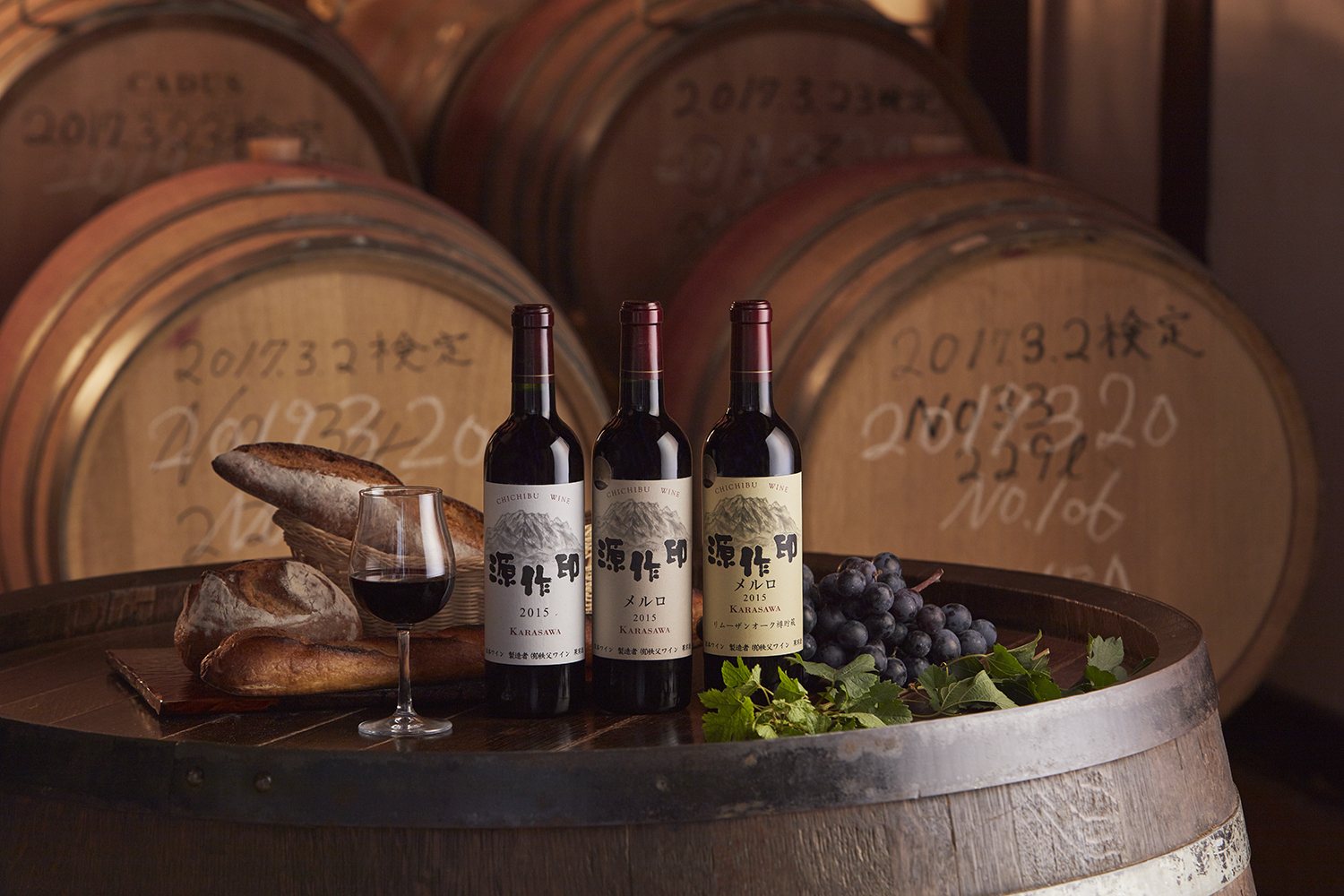
Founded in 1940 by Gensaku Asami, Chichibu Wine is the oldest winery in Saitama. Known for its award-winning wines and deep local roots, it gained early recognition when a French priest compared its wine to Bordeaux. Visitors can enjoy tastings and learn about the winemaking process on-site.
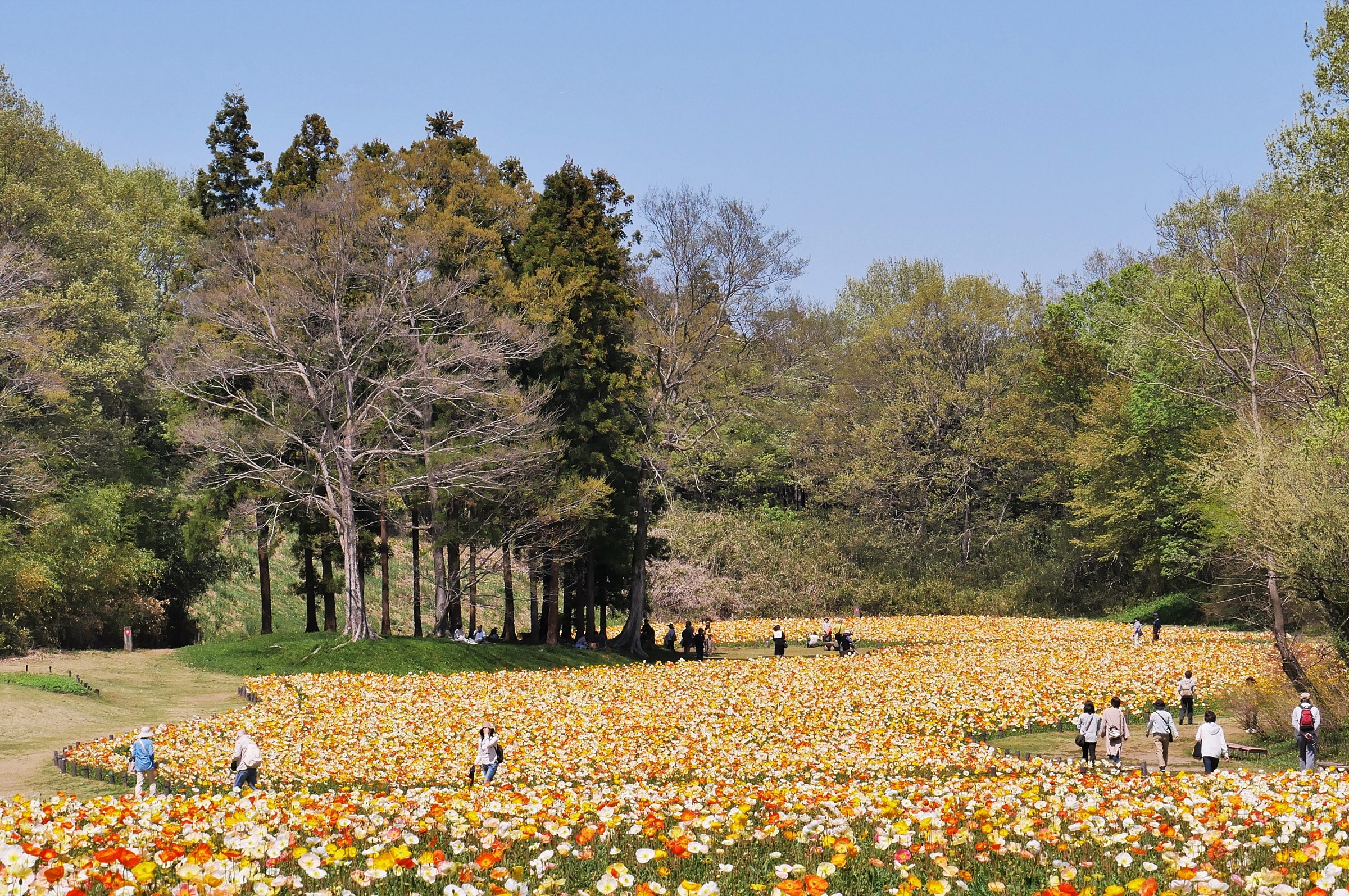
Musashi Kyuryo National Government Park is Japan’s first national government park, developed as part of the Meiji Centennial Commemorative Project. It spans a vast 304-hectare hilly area that straddles Namegawa Town in Hiki District and Yai in Kumagaya City, Saitama Prefecture. The park features a diverse natural environment, including woodlands, ponds, marshes, wetlands, and grasslands, providing a habitat for many valuable plant and animal species. It also serves as a place where visitors from the Tokyo metropolitan area can connect with and appreciate nature.
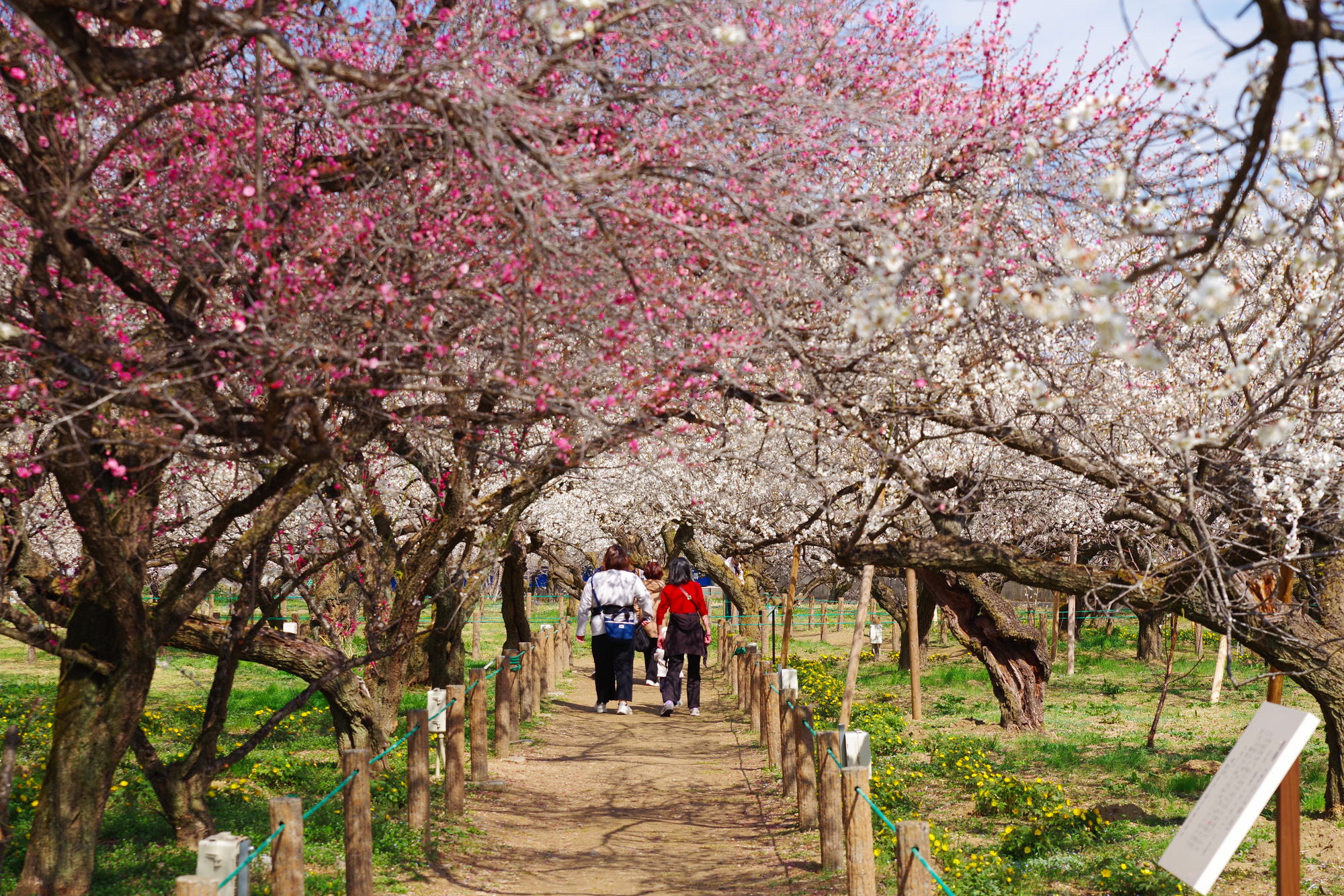
The Ogose plum grove dates back to the separation of Umezono Shrine from Dazaifu Tenmangu Shrine. Named after Heian period scholar, poet, and politician, Sugawara no Michizane, this grove of trees is recognized as one of the three major plum groves in Kanto. The park covers an area of around 2 hectares and is home to about 1,000 plum trees such as Shirakaga, Kobai, Koseno-ume, and most notably an ancient plum tree called Kaisetsu, estimated to be 650 years old. The Mini SL steam locomotive train running through the park is also rare within Japan. Around 20,000 plum trees, including the surrounding area, are in full bloom during peak season.
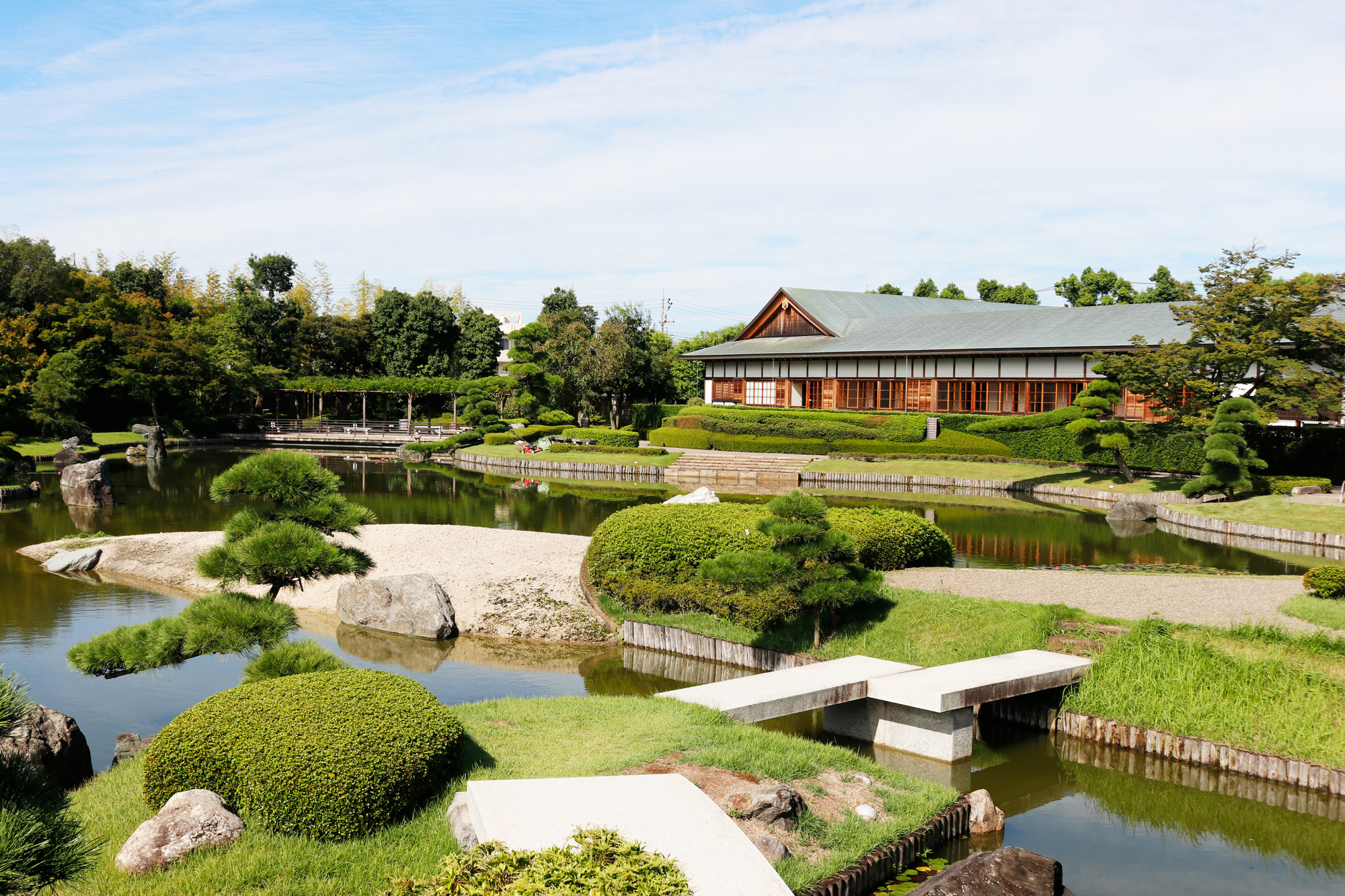
Hanataen is a traditional Japanese strolling pond garden (kaiyu shiki teien) of about 2 hectares, with a characteristic wooden bridge centered on a beautiful pond, a tea room built in Sukiya style, a man-made hill overlooking the garden and elegant stone lanterns. Various trees such as cherry blossoms and plums also grow, and you can enjoy the seasonal flowers and foliage. In addition, the garden is adjacent to Saitama Prefecture's only outdoor Noh (traditional theater) stage, Koshigaya Noh Theater. A great place to both enjoy the beauty of Japan's culture and the four seasons.
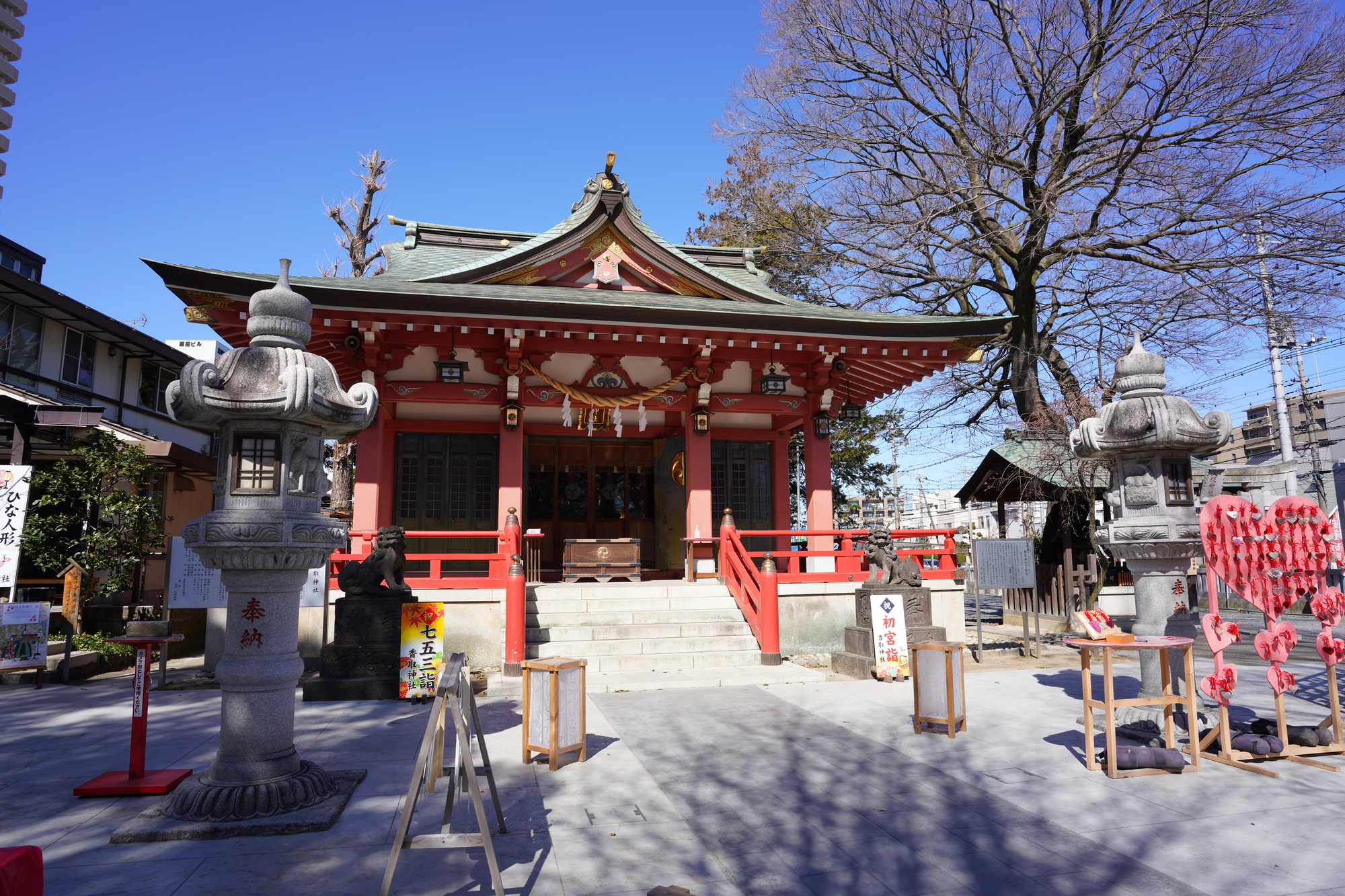
This is the Ōsawa village shrine. It is said the Katori Shrine was transferred here from Sagishiro. The “Meisaichō” notes the shrine's establishment as Ōei era (1394 to 1428). This area belonged to Shimōsa Province in the middle ages, and Katori Shrine, the province's first shrine, was invited to the village as its guardian deity and built in Sagishiro. It was moved to its current ground around the Kan’ei era (1624 to 1644) due to the maintenance of the Ōushū Kaidō. According to the sign displaying date of construction (munafuda), the current main shrine was renovated in 1866. A pattern from the fabric-dyer is engraved around one side of the main shrine. It is the work of Takejiro Hasegawa who resides in Mount Asama San’ya-machi and is the city’s designated cultural property.
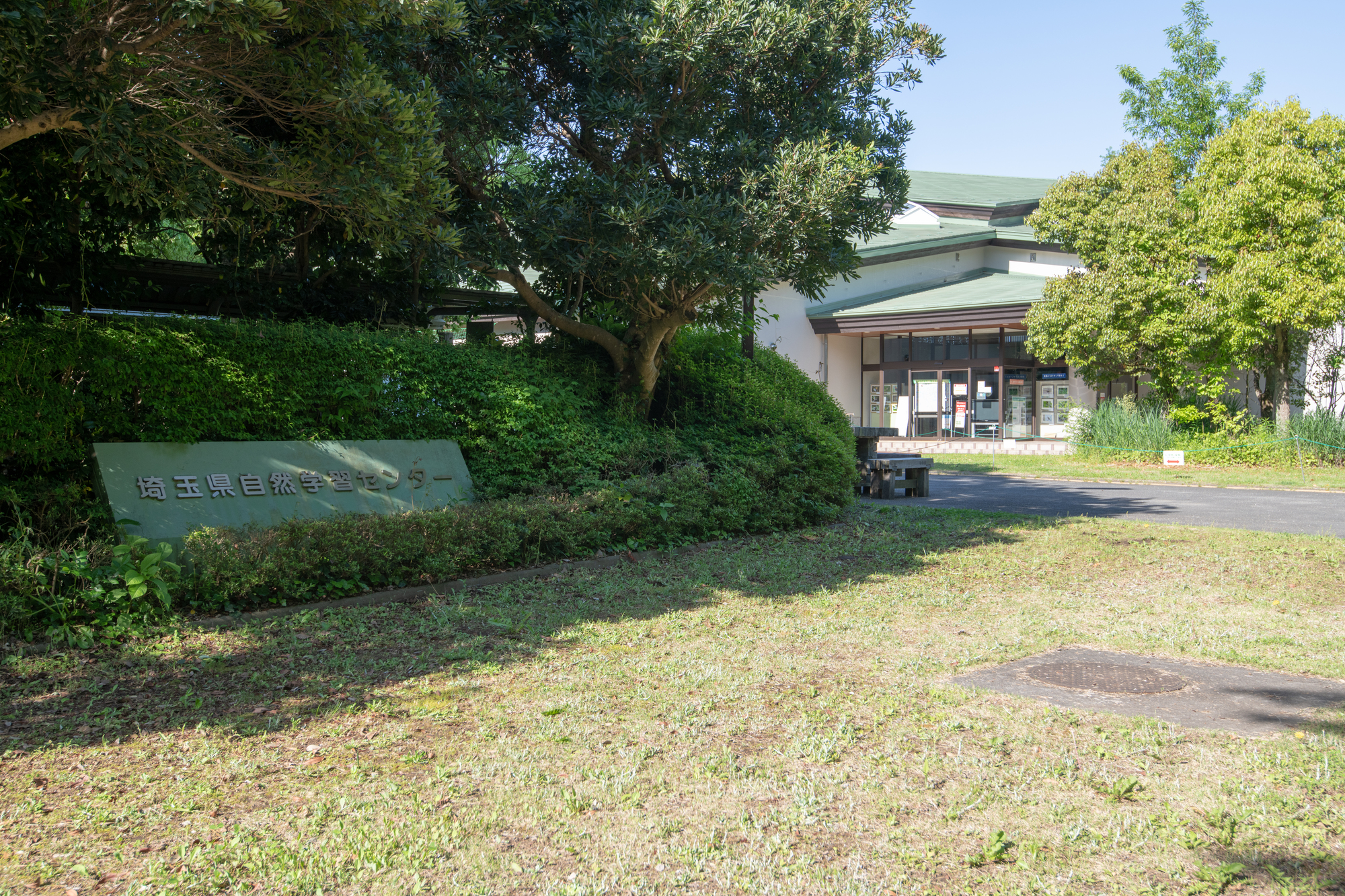
Located in the Kitamoto Nature Observation Park, this facility serves as a base for Saitama Prefecture’s nature learning and environmental education. Various events related to observation and nature experiences are hosted on primarily Saturdays, Sundays, and holidays. Inside the building, there are exhibits about nature and environmental issues and an information center filled with books related to nature. Staff are also stationed to provide information regarding nature within the park. There is a section on our website named “Park Journal,” where you can get daily updates on opening hours and events.
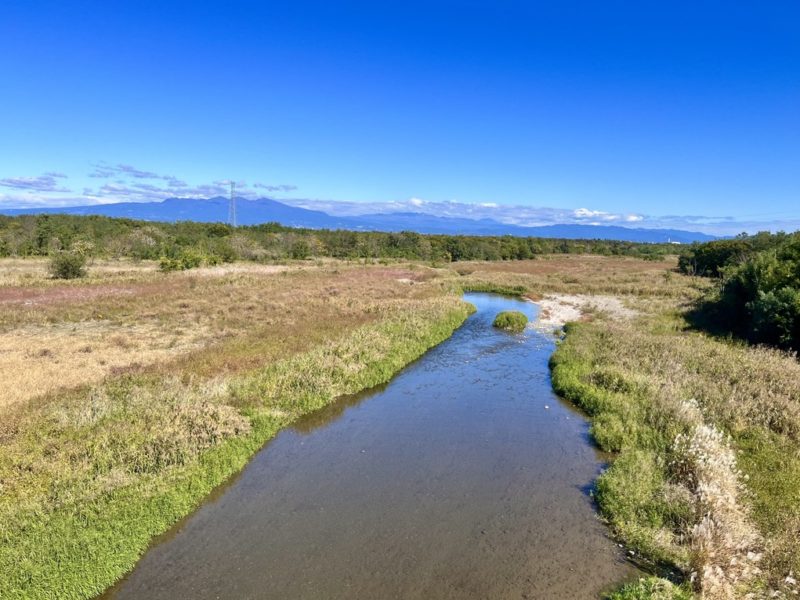
This is the site of the battle of Kanagawa, the largest field battle to have ever taken place in the Kanto region. The fierce battle took place from June 18th to 19th, 1582 on the border between Musashi (Tokyo and Kanagawa) and Ueno (Gunma) along the Kannagawa River. The battle was between Takikawa Kazumasu, lord of Ueno Umabashi Castle, and forces led by Hojo Ujikuni, lord of Musashi Hachigata Castle, and Hojo Ujinao, lord of Odawara Castle. The battle was also known as the “Battle of Kanakubohara" due to being fought in and around Kanakubo and Bisado areas of Kamisato-town.
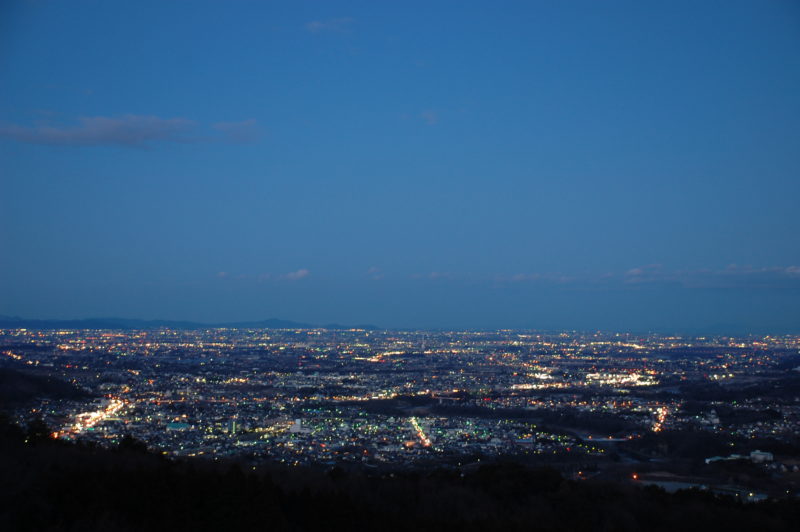
From this observation deck located at 370 meters, you can enjoy a panoramic view of Yorii Town and the glittering skyline at night. In September, this place is popular for observing the seasonal hawk migration.
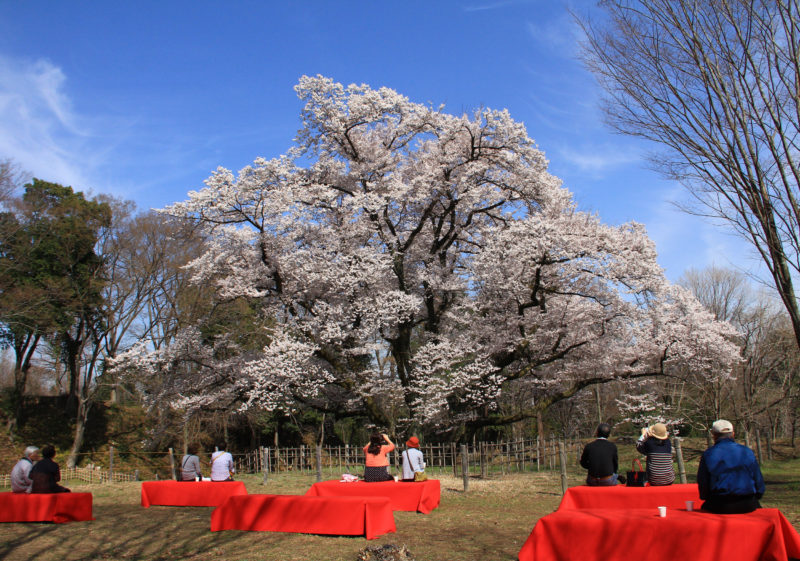
The Edohigan Sakura tree located in Hachigata Castle Park is a natural town monument. This cherry blossom tree is estimated to be over 150 years old, and flowers bloom beautifully on its umbrella-shaped canopy of branches every year around the end of March. You can also enjoy the evening illuminated cherry blossoms during peak season!
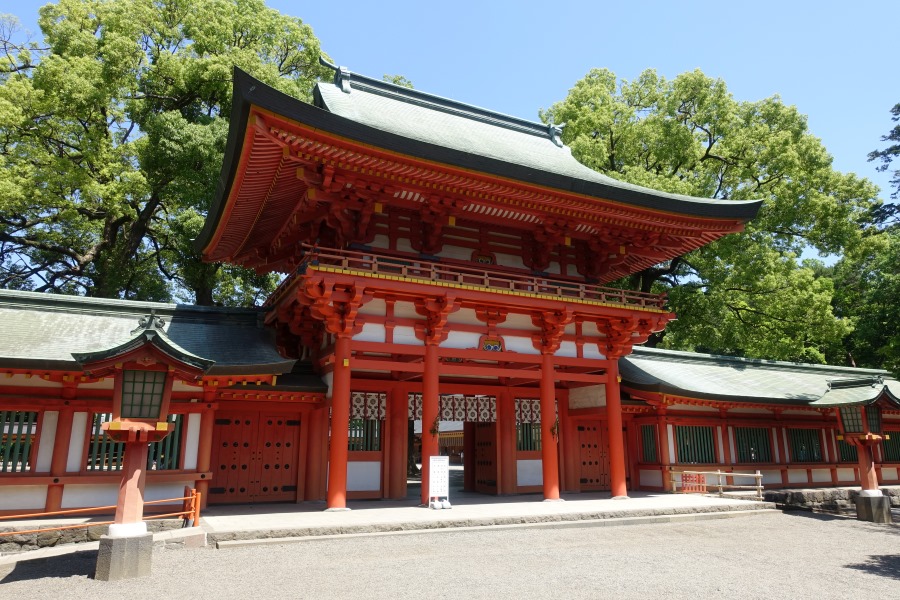
Come visit a key piece of shrine history in Japan! The city name Omiya, is actually derived from the presence of this very old and famous shrine, it’s full name being Musashi Ichinomiya Hikawa Jinja. This is one of the oldest and most significant shrines in the Kanto region, with an impressive history of over 2,000 years! That even tops the most popular shrines in Kyoto! Very popular for the locals during seasonal events, this shrine is a central part of Omiya’s history and culture. While the bustling festival atmosphere during the new year or summer seasons is a thrill, the quiet serenity of low-traffic seasons and weekdays makes for a more mystical experience. Be sure to pick up a good luck charm for a souvenir from one the most historic shrines around.
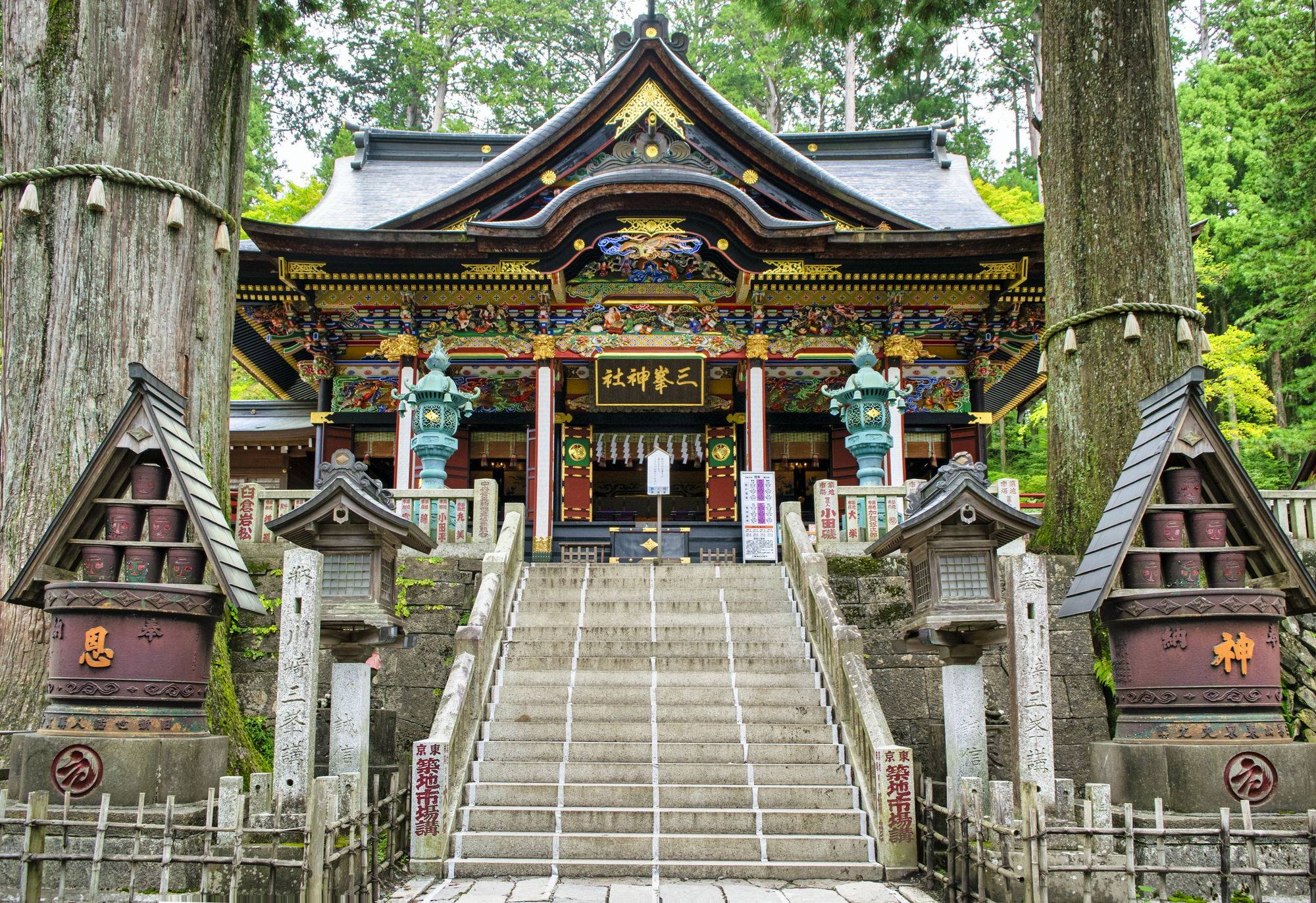
The history of the temple is said to date back about 2,000 years ago, to the reign of Emperor Keiko. During the Kamakura period (1185-1333), when faith in Mt. Mitumine spread, Hatakeyama Shigetada, Nitta Yoshioki, and others worshipped here. During the Tokugawa period (1603-1867), the Kishu shogunate and the Kishu family were revered, and gifts from the Kishu family in particular are still treasured by this shrine. When autumn arrives, the “Fifteen Nights and Moon Reading Festival” is held to herald the arrival of autumn in the mountains of Chichibu.
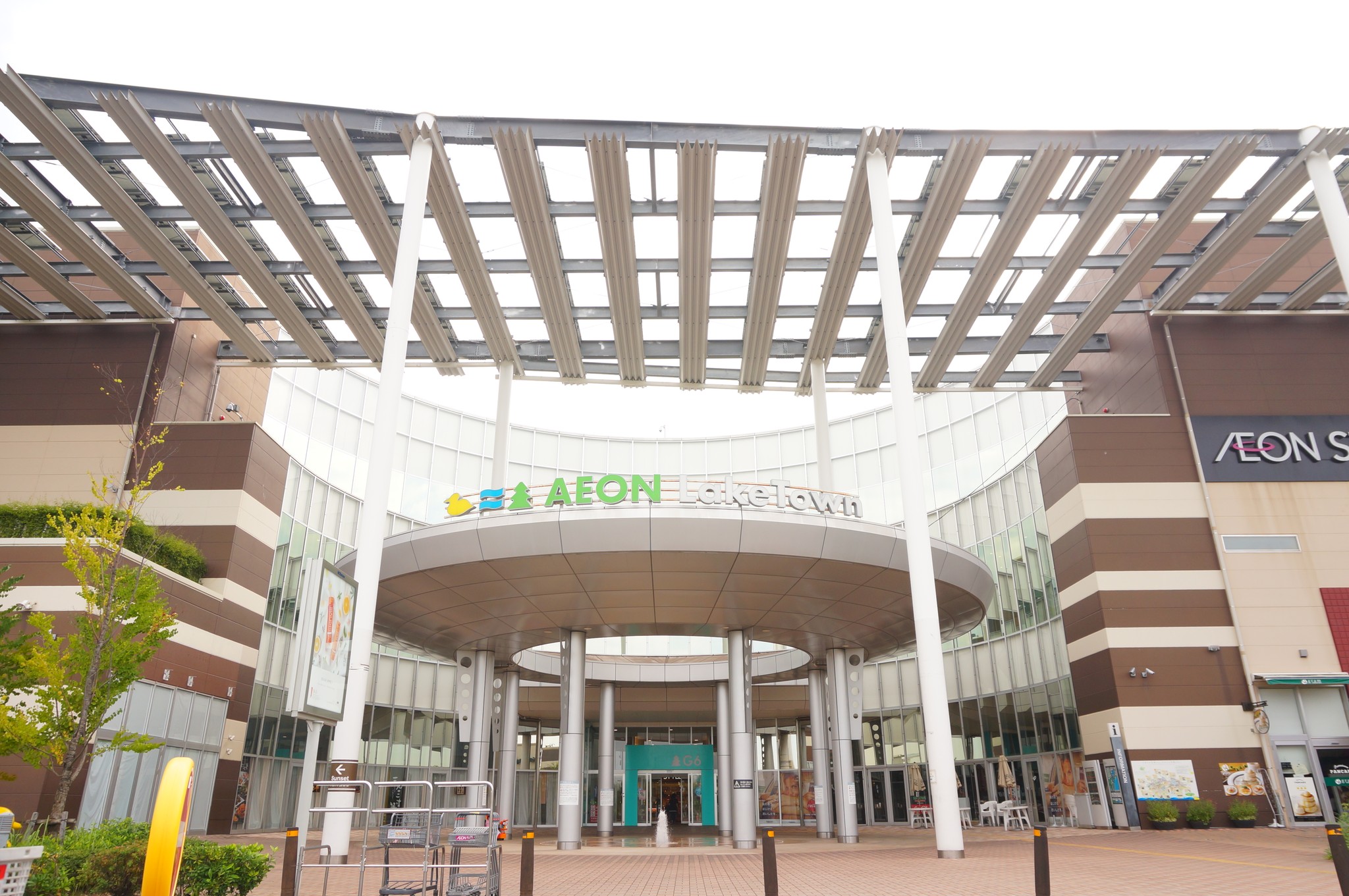
AEON Lake Town is one of the largest shopping malls in Japan, with over 700 specialty shops and Aeon Style grocery store located in three buildings: kaze, mori and outlet.
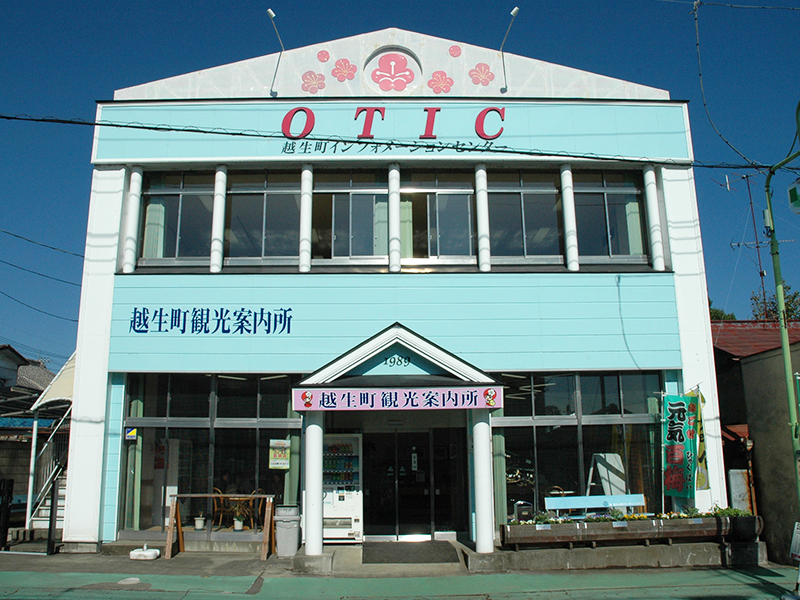
Located immediately next to the Ogose Station West Exit, this facility is used by many as a rest spot and meeting place, as a rendezvous point for hiking and to purchase souvenirs and light meals (rice balls, pizza, coffee, juice). There is also a free shuttle bus to SPA O Park OGOSE that departs from in front of the facility.
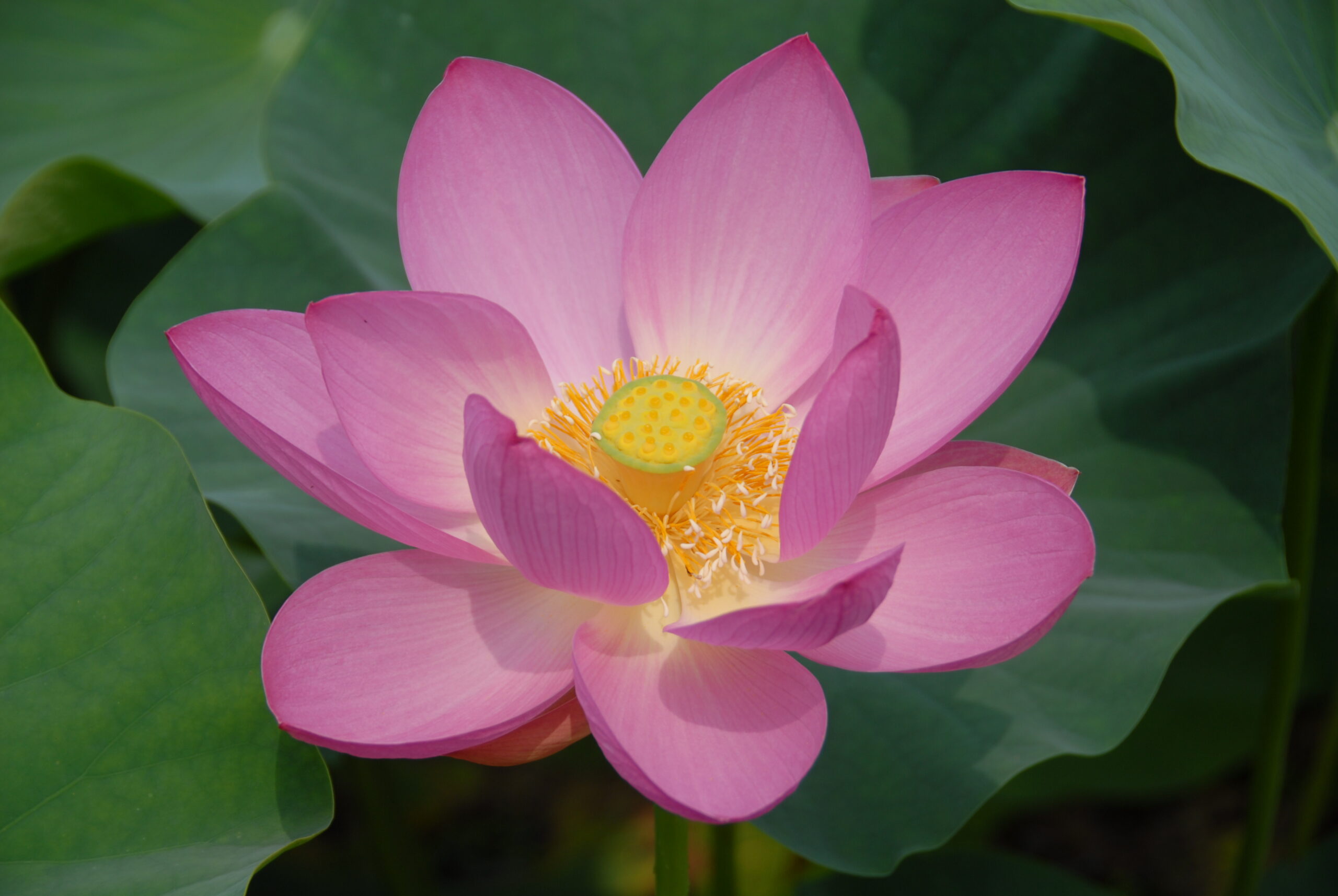
At the Haniwa building located inside the Saitama Kofun Group, anyone can experience making their own Haniwa with the help of an instructor. Creating a Haniwa takes 3 steps: molding for 90 to 120 minutes, drying for about a month, and finally heating the Haniwa in the kiln located inside the building for around 7 hours at 800℃. Once the Haniwa is completed, it can either be retrieved in person or be delivered and paid for on arrival.
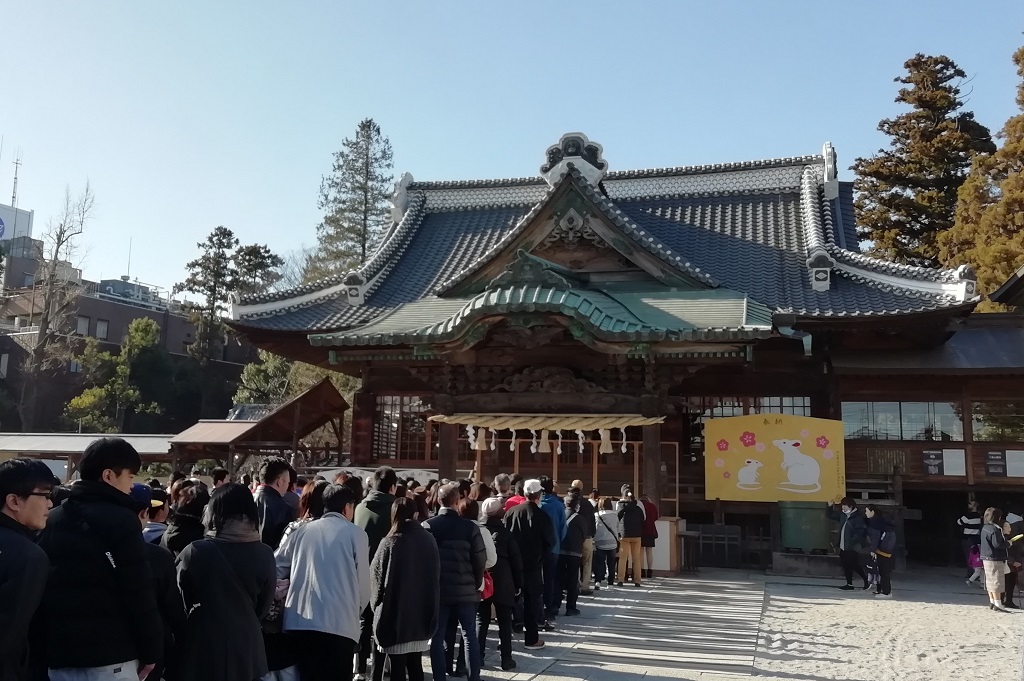
It is said that Minamoto no Yorinobu, on his way to defeat Taira no Tadatsune in the Heian period (794-1185), had a dream that a god on a white fox gave him a bow and arrow, aiding his win in the battle, thus spurning him to establish this shrine out of gratitude. Yakyū Inari Shrine is designated as a prefectural cultural property for its gongen-zukuri style, with highly sophisticated carvings on the interior and exterior of the building. Known for the god of good harvest, prosperous business and the arts, and most notably as the god of victory, many baseball players visit the shrine to pray due to the shrine being named "Yakyū" (baseball). The peony gardens are at peak bloom alongside wisteria and azaleas during mid-April.
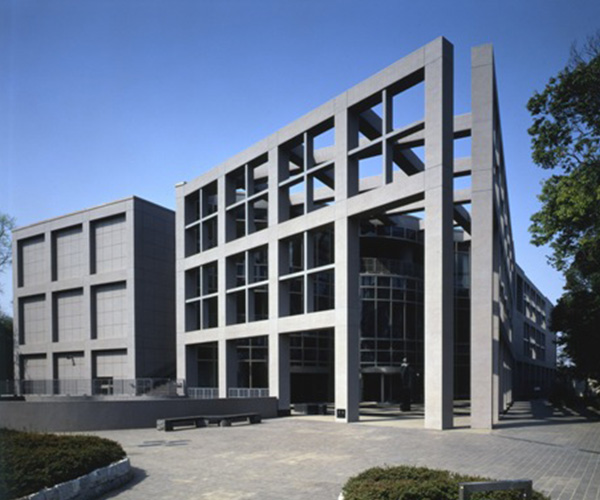
The Museum of Modern Art Saitama (MOMAS) was opened in the rich greenery of Kitaurawa Park in 1982. A collection of superb art pieces is on display, with works from artistic masters such as Monet, Chagall, Picasso and modern Japanese artists. Special exhibitions with unique themes are frequently held, and there are many "good design" chairs that can be used freely. In addition, there are museum concerts, lectures, and workshops for both parents and children to enjoy. There are also museum shops with select art books and goods, along with a restaurant serving authentic Italian food, making the museum an ideal place for both fun and comfort. (For more information regarding the facility, please check the URL below.)
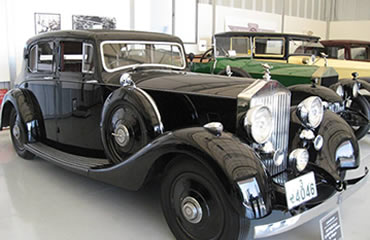
This is a museum for classic Rolls Royce and Bentley automobiles which displays among others, Jirō Shirasu's beloved Bentley, and the Rolls Royce of the former prime minister, Shigeru Yoshida. Watch the opening and closing of the doors, listen to the sound of the engines, and see the cars in motion, feeling the power of these formerly active classic automobiles, in the present day.
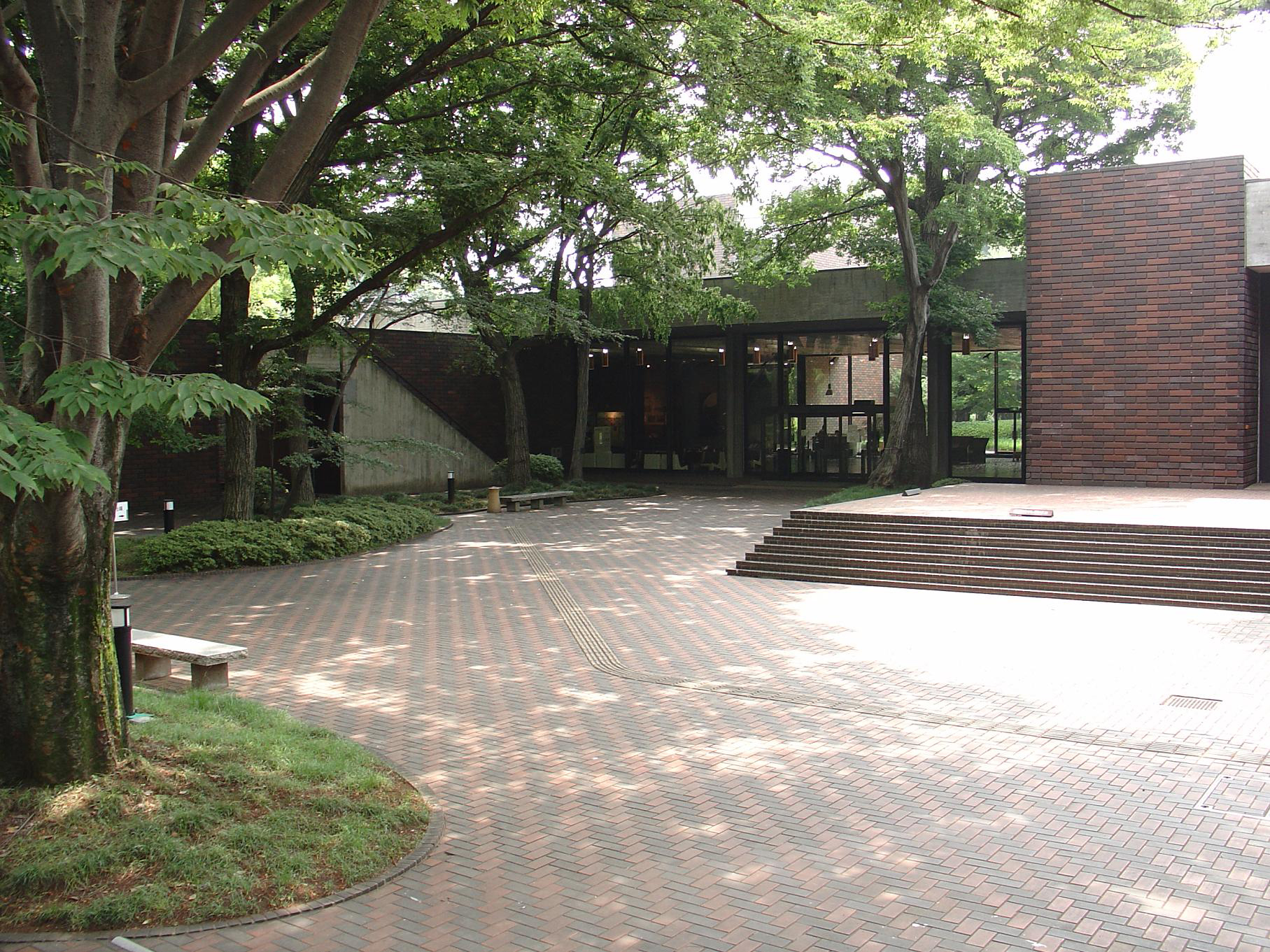
This comprehensive museum houses materials and artifacts related to Saitama's history, folklore and art, such as national treasure swords and daggers. The permanent exhibition introduces, "The Life and Culture of Saitama," through these topics, and themed special and planned exhibitions are held regularly. There are also a variety of hands-on experience workshops for both children and adults to enjoy. (For more information regarding the facility, please refer to the URL below)
This site uses cookies to improve the user experience. If you continue to browse, you consent to the use of cookies on this site. Accept
CONTACT
